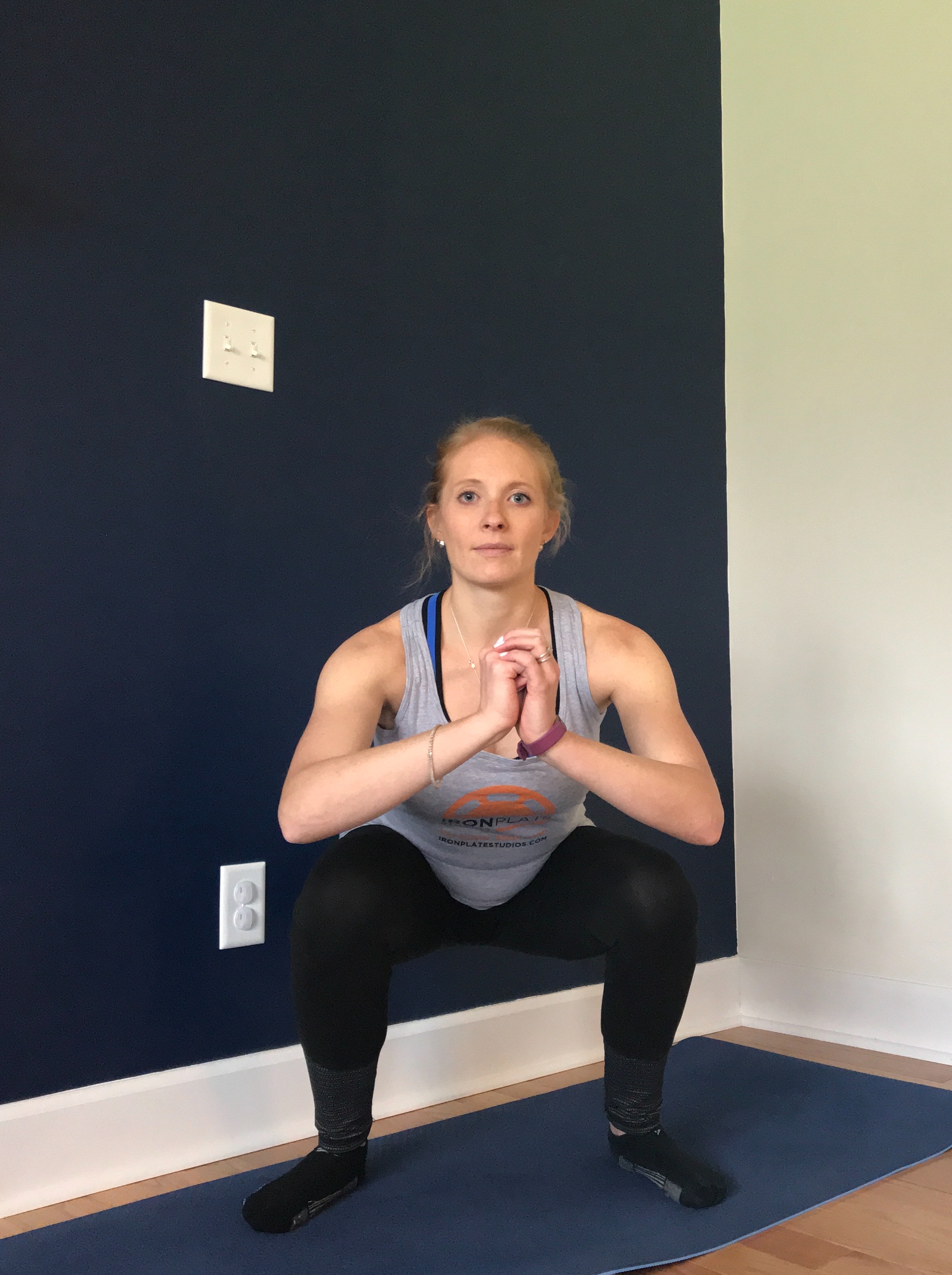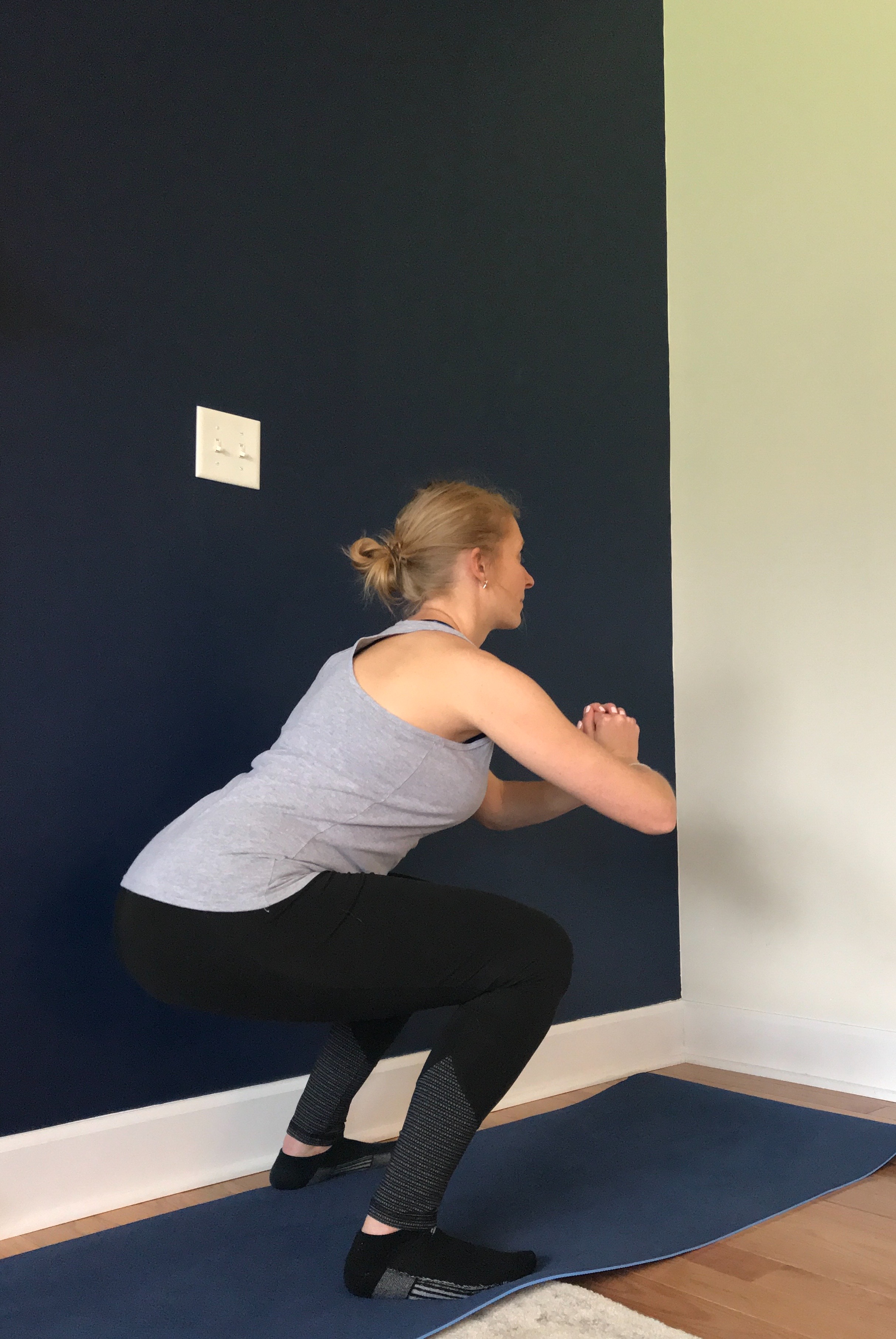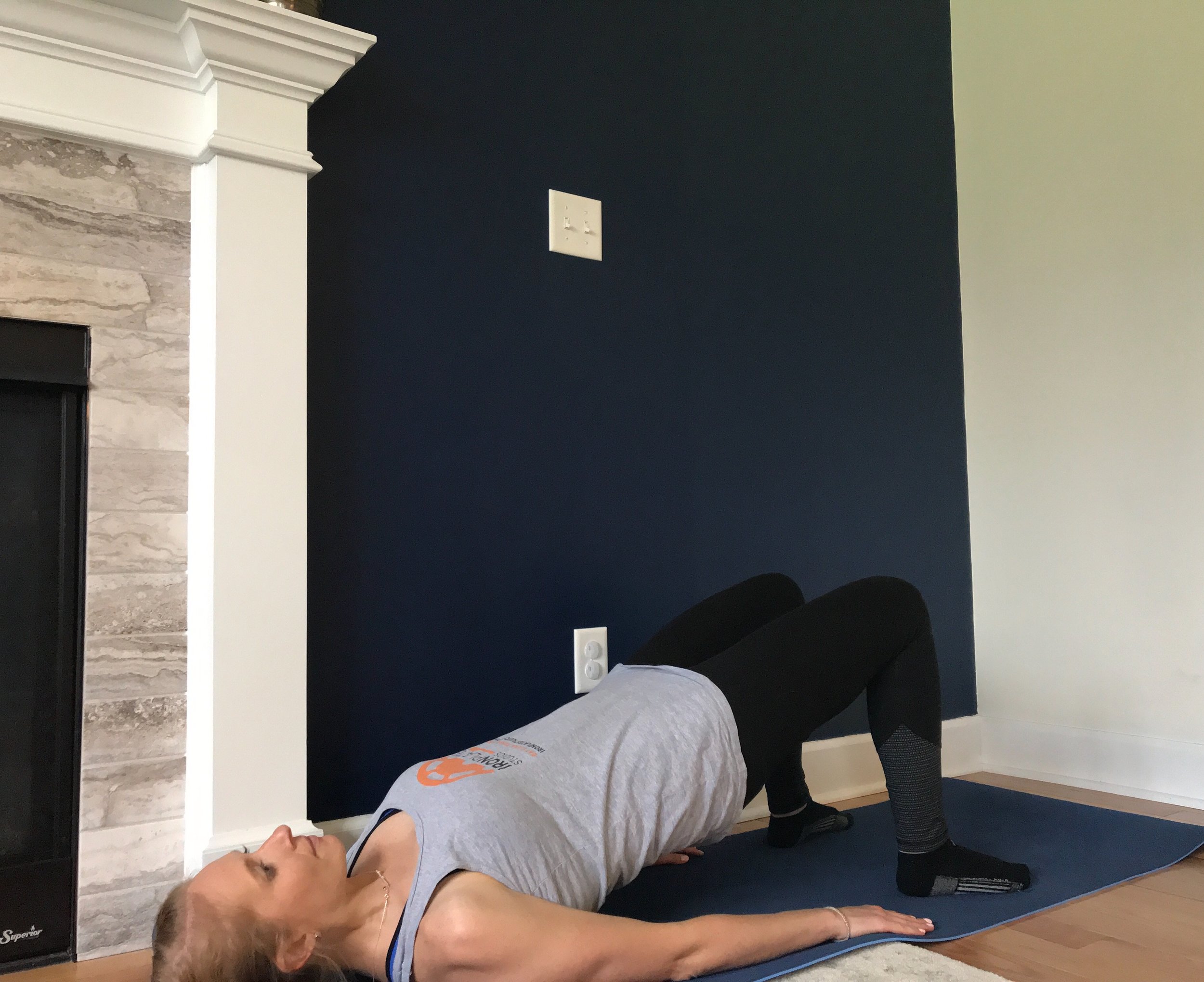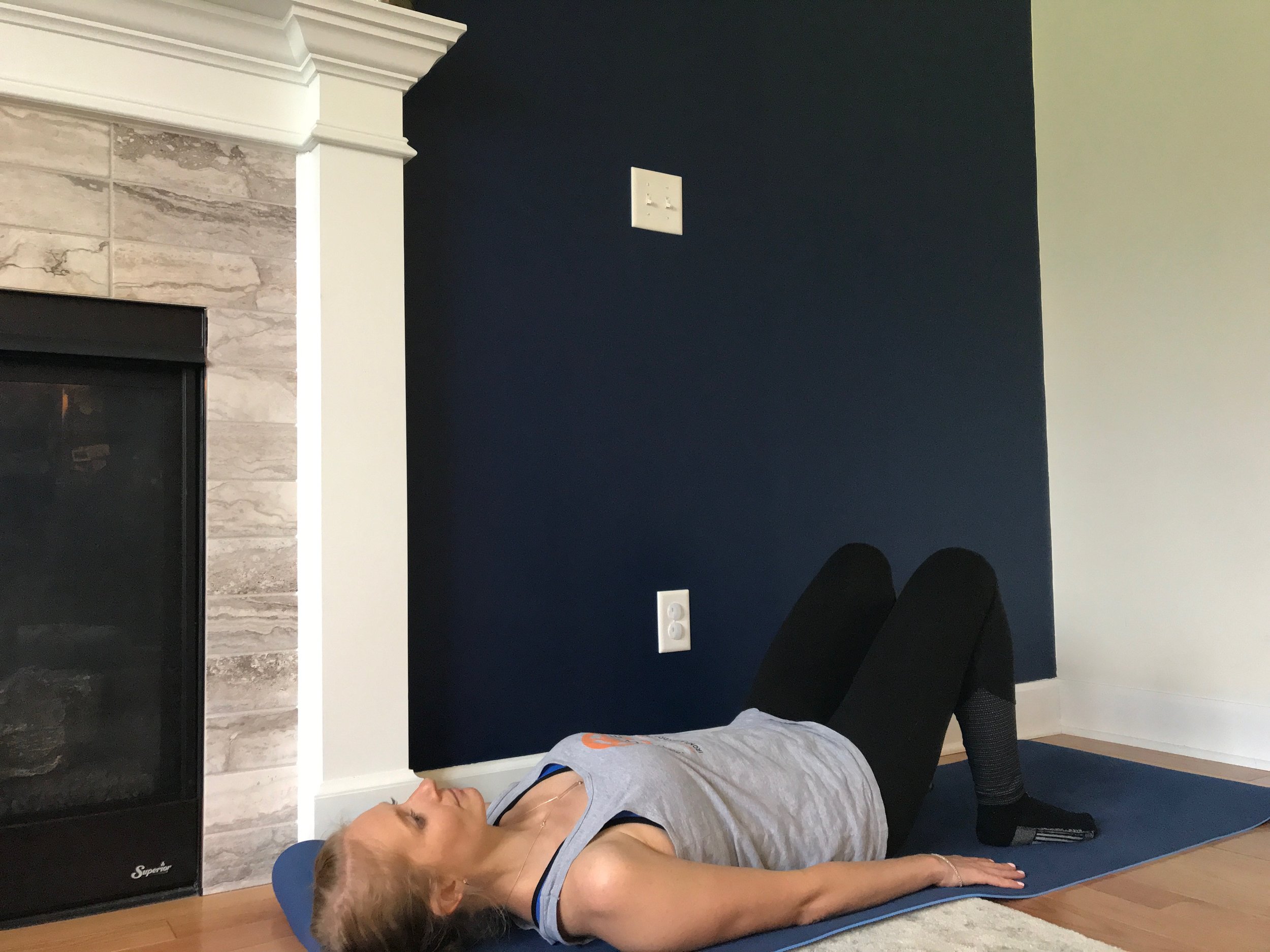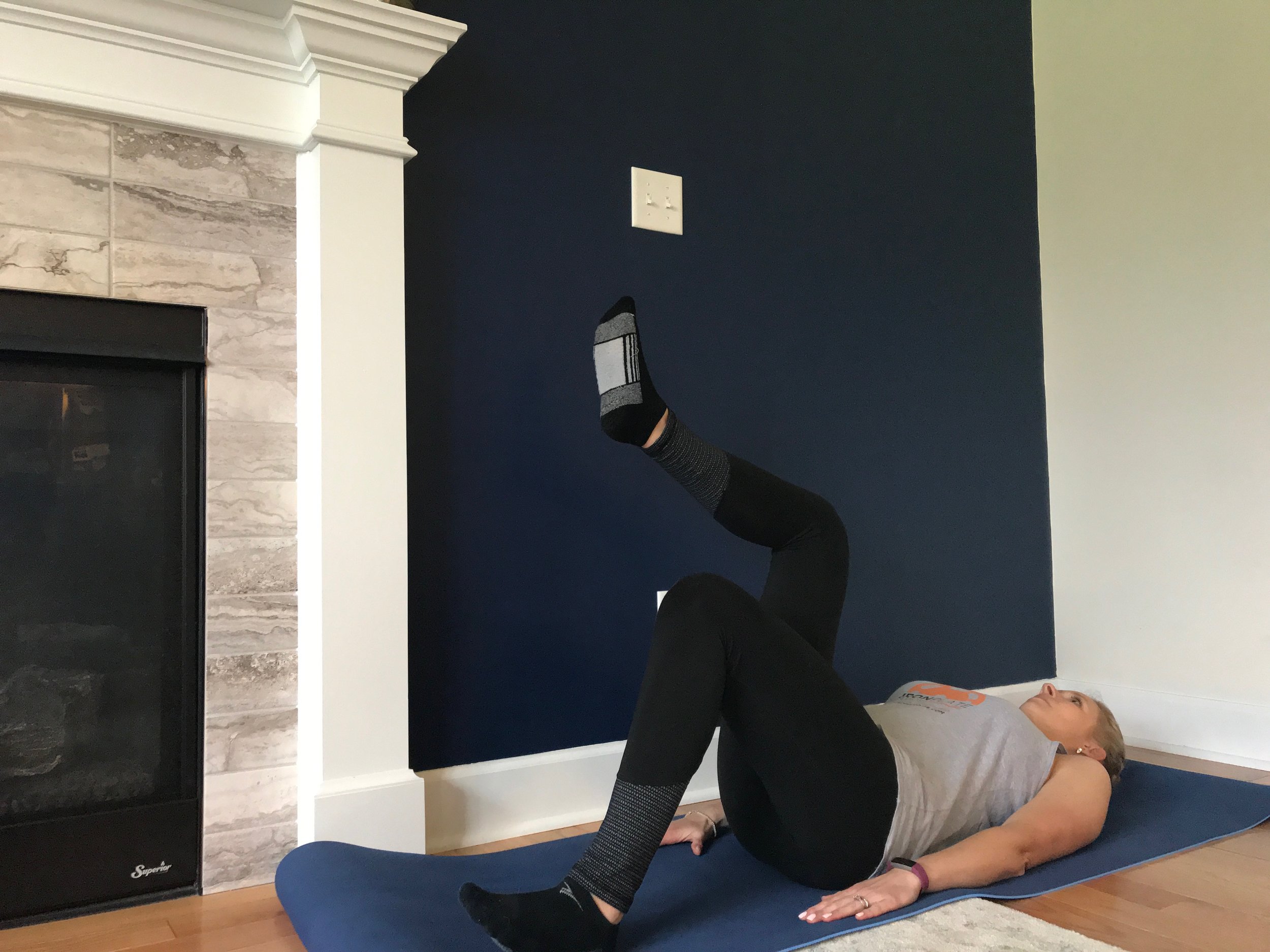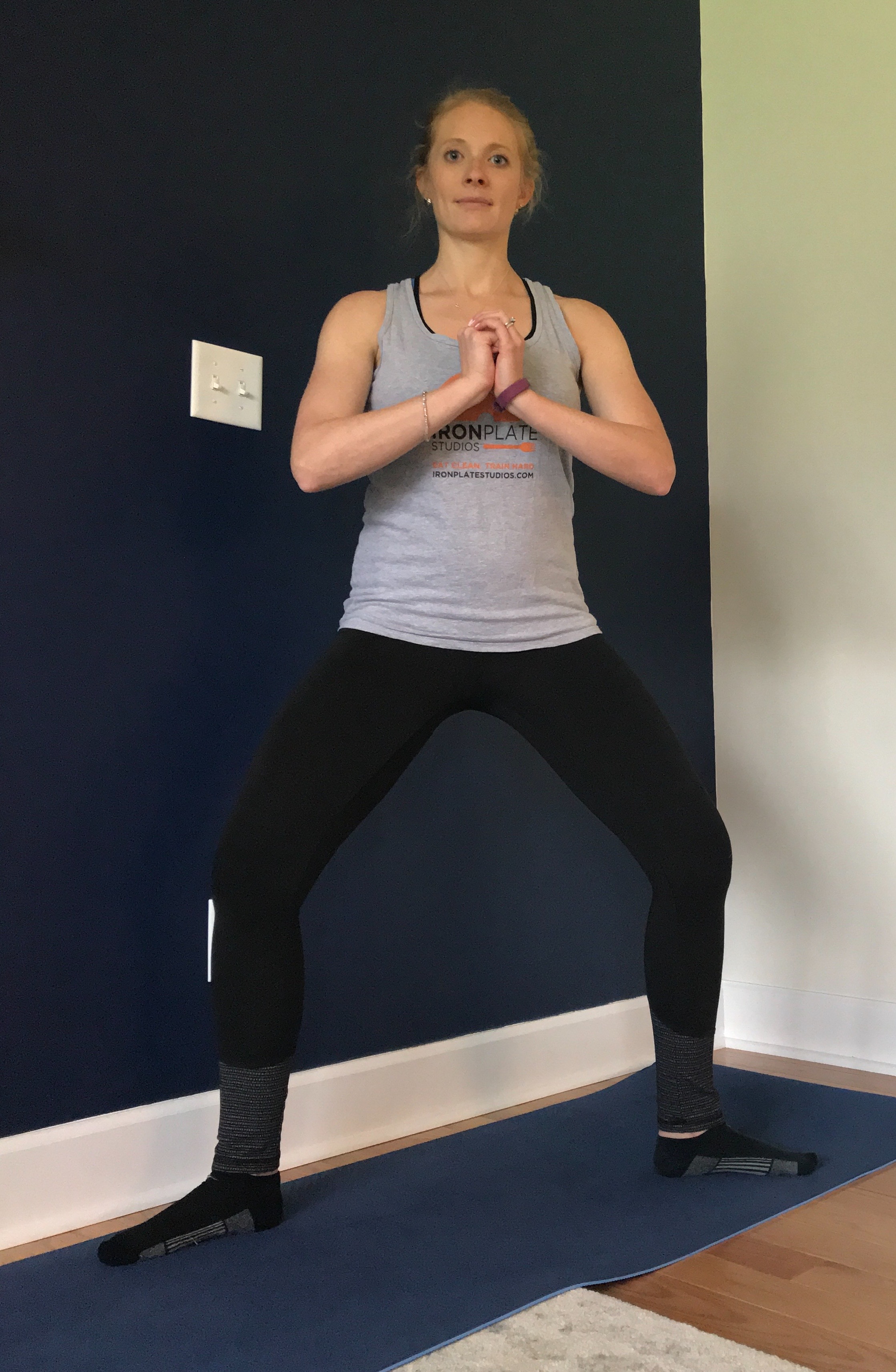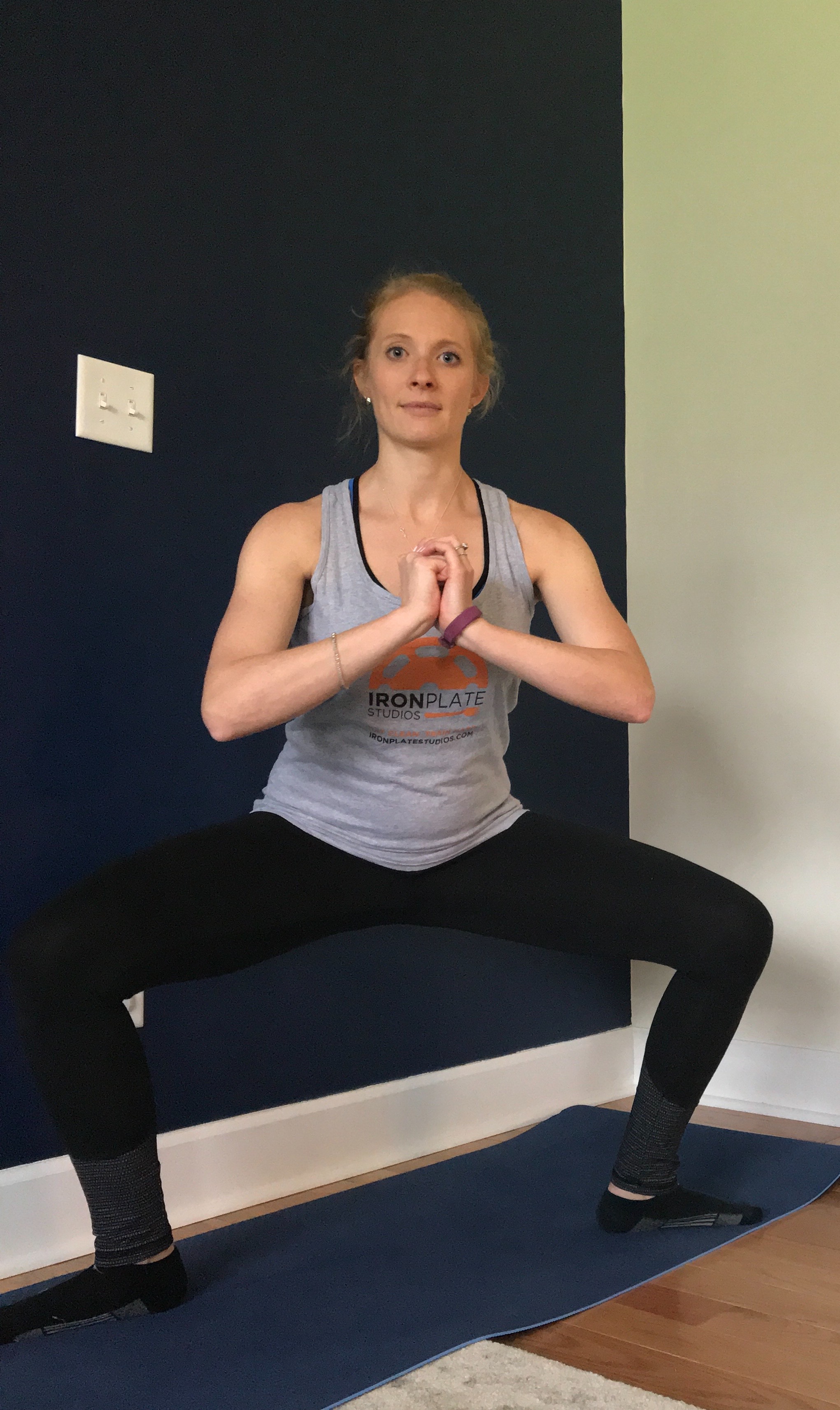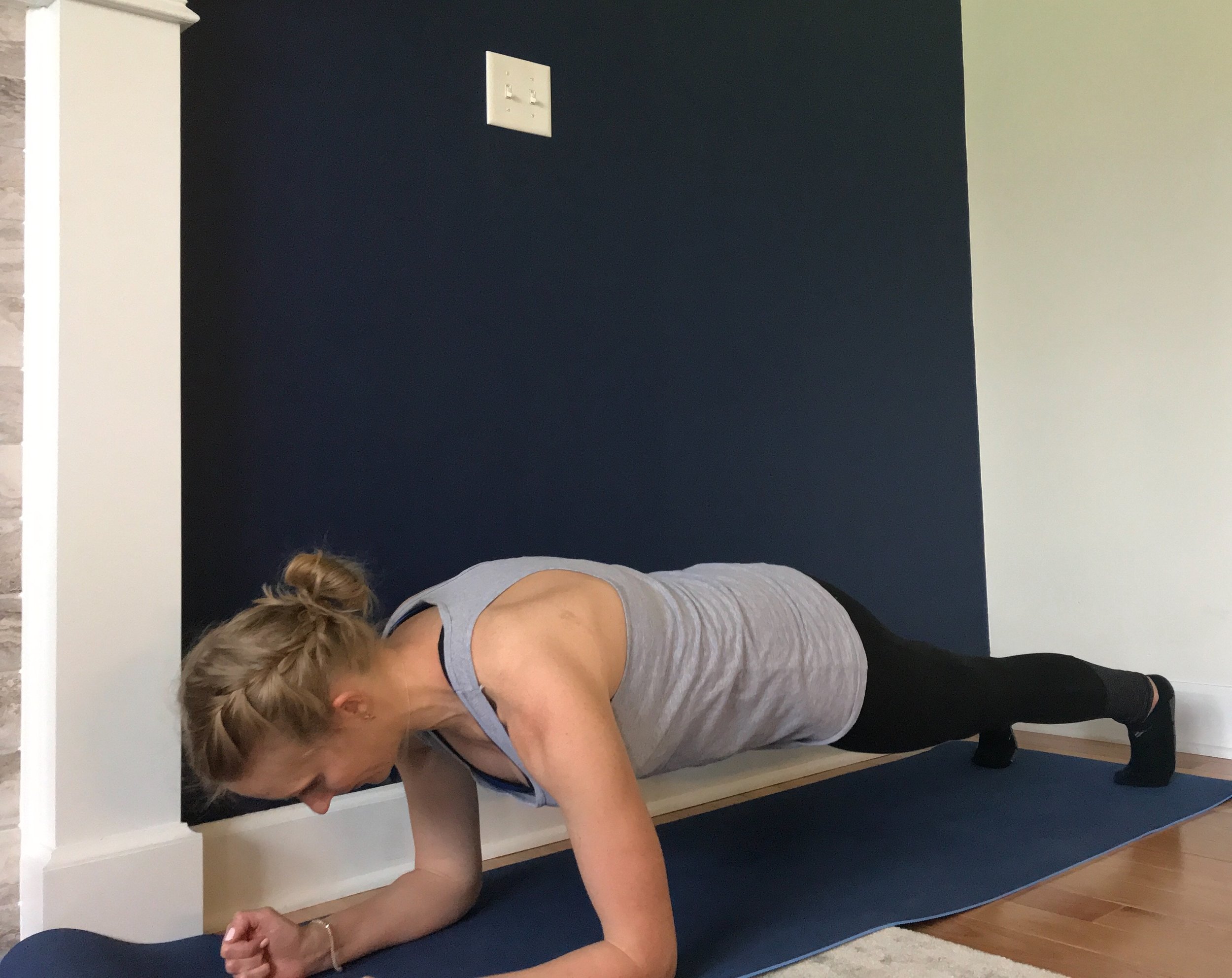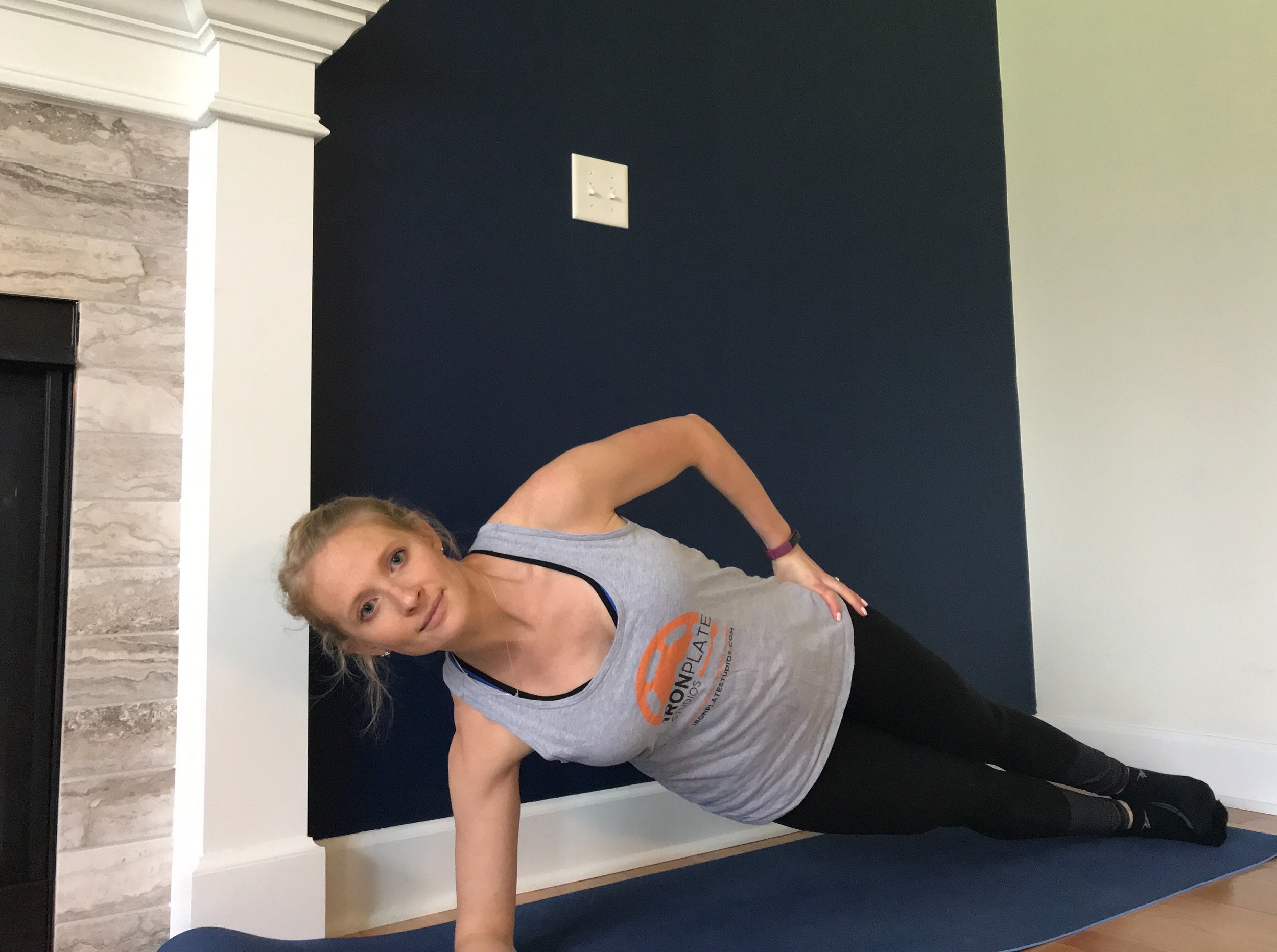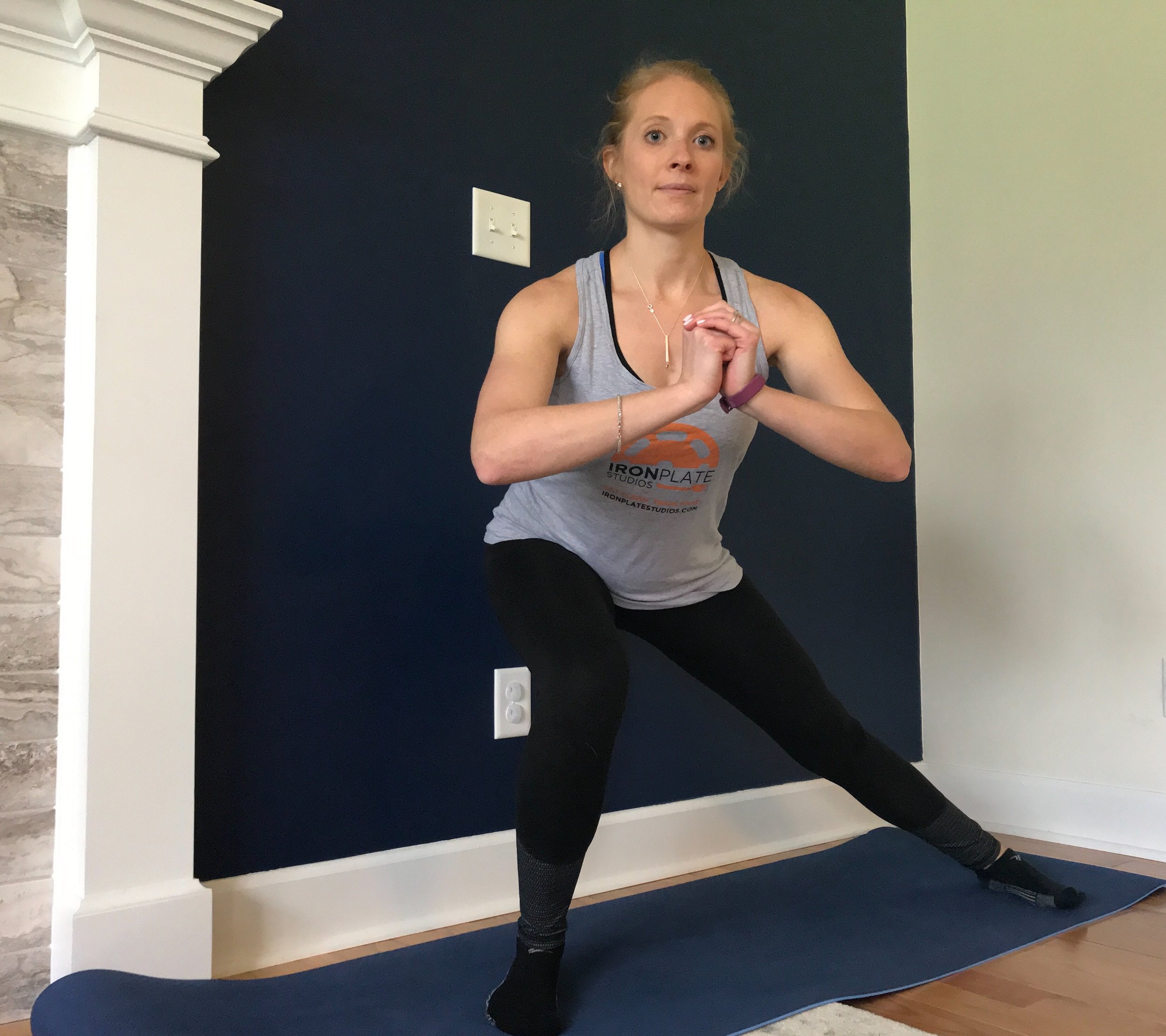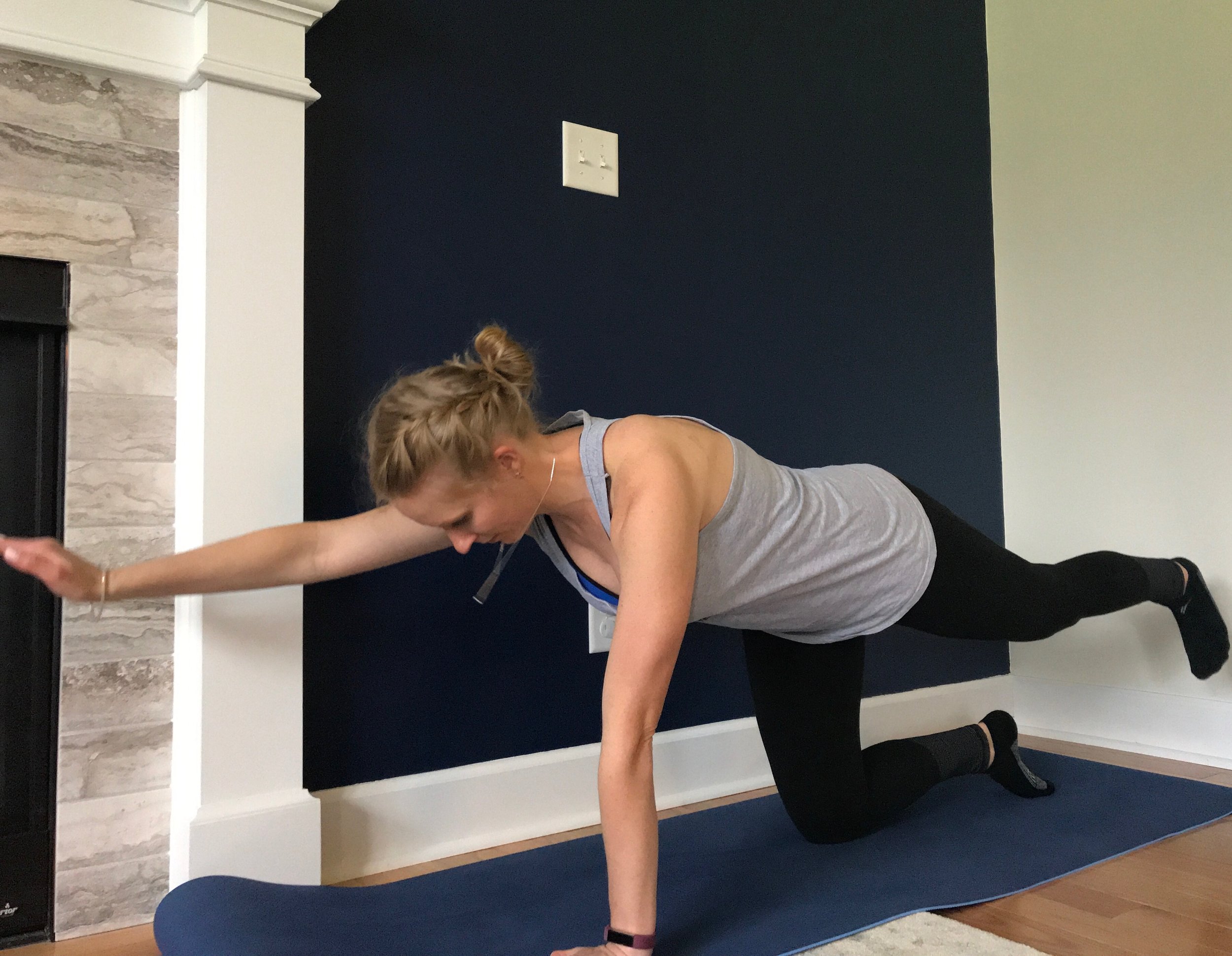The guidelines for exercising during and after pregnancy have changed quite a bit over time. We now know that working out during and after pregnancy is beneficial not only for you, but for your child as well. Studies have shown that children of women who workout during and after their pregnancy have lower (healthier) birth weights and decreased likelihood of obesity later in life. Working out and eating well after your child is born sets a great example to your children about what a healthy lifestyle looks like. So by working out before during and after pregnancy you are not only healthier, look and feel better, but you are stronger for both labor, delivery and after are of your child, and a great role model for promoting a healthy lifestyle for your family.
Many people think that workouts have to be cut way back once you find out that you are pregnant. This is not the case, especially if you have been working out all along. (Always check with your doctor prior to beginning or continuing an exercise program). If you haven’t been working out, it’s still not too late to get started. It’s no time to decide to run a marathon, but adding walking and some light resistance training and yoga to your routine can only help you both during and after your pregnancy. Somethings you may want to avoid, especially as you get into your second and third trimesters are:
Any activity that may increase your risk of falling
Contact sports (talk to your doctor- some will ok continuing contact sports for part of your pregnancy)
Higher impact activities that involve jumping and bouncing as they tend to put increased pressure on pelvic muscles and ligaments. Especially later in your pregnancy
Exercise in hot, humid weather
Our certified personal trainers at IronPlate Studios both in-studio and online are experienced in pre- and post-natal fitness to safely monitor and coach you through this exciting time in your life!
Working out by trimester
1st Trimester
There are no restrictions (unless otherwise stated by your doctor) to working out in your first trimester. You may however experience a number of symptoms including fatigue and nausea that may impede your ability and desire to workout. There is a significant amount of growth and development that happens during the first trimester, so the main thing we usually tell our clients is to listen to their bodies. If you need extra rest, take it. If you’re feeling up to your normal workout go for it.
A couple other things to keep in mind:
Your body starts to produce Relaxin which is a hormone that is released to prepare your body for childbirth. It loosens your ligaments and joints causing them to become more flexible which is great, but also can increase your chance for injury. It’s important to be careful not to over stretch and to use slow and controlled movements through your exercises. (As you should already be doing anyway :-p. )
Your center of gravity changes as your uterus begins to grow which can affect your balance.
Make sure you are eating enough healthy calories to meet your need for pregnancy as well as exercise. It is recommended without exercise to intake an extra 300 calories a day. With exercise that can increase to 500 calories per day. (Will vary on the duration and intensity)
2nd Trimester
Just a couple of limitations as you enter into your second trimester.
Any crunching and twisting abdominal exercises are no longer advised.
Exercises that are OK for abs:
Planks-front & side
Heel taps
Opposite arm/leg extension.
No laying flat on back with heavy weights.
You have a major vein called the vena cava that runs down the center of your body and laying flat on your back causes your uterus to put added pressure on the vein disrupting blood flow back to the heart.
Give that bench a slight incline
Things like hip bridges where you lay on your back are generally still ok as long as you feel comfortable.
No prone exercises
This may seem like common sense, but any exercises where you lie on your stomach should be avoided
Running and biking (stationary-not advised to road bike during pregnancy due to fall risk) may become more difficult as belly continues to grow.
Listen to body. Some people feel comfortable enough to continue running throughout their entire pregnancy. Others need to stop well before.
3rd Trimester
Same as 2nd trimester. Listen to body and do as much as you feel comfortable doing. You will probably find some movements becoming more difficult and the need to take things slower. Everyone is different at this point in their pregnancy so it’s important to again listen to your body and do what feels comfortable to you.
Some of the most beneficial exercises for pregnancy*:
Squats
Hip Bridges
Pelvic Tilts
Heel taps/heel slides
Planks
Side planks
Sumo squats
Side lunges
Back rows
Brisk walking
Prenatal yoga-modifications necessary to support growing belly and keep twisting motions open.
Alternating arm/leg raises
Swimming
*Stop exercise if any of the following occur*:
Vaginal bleeding or leaking fluid
Regular contractions
Dyspnea (Shortness of breath) before exercise
Dizziness
Headache
Chest pain
Muscle weakness affecting balance
Calf pain or swelling
Relative Contraindications to exercise
Severe Anemia
Unevaluated maternal cardiac dysrhythmia
Chronic Bronchitis
Poorly controlled Type I diabetes
Extreme Morbid Obesity
Extreme Underweight
History of extremely sedentary lifestyle
Intrauterine growth restriction in current pregnancy
Poorly controlled hypertension
Orthopedic Limitations
Poorly controlled seizure disorder
Poorly controlled hyperthyroidism
Heavy smoker
Absolute Contraindications to exercise (No exercising)
Hemodynamically significant heart disease
Restrictive lung disease
Incompetent cervix/cerclage
Multiple gestation at risk for premature labor
Second/third trimester bleeding
Placenta previa after 26 wk of gestation
Premature rupture of membranes or labor
Preeclampsia/Pregnancy induced hypertension
Preeclampisa/Pregnancy-induced hypertension
(Source: ACSM’s Guidelines for Exercise Testing and Prescription Ninth Edition Pg. 195 Box 8.1)


